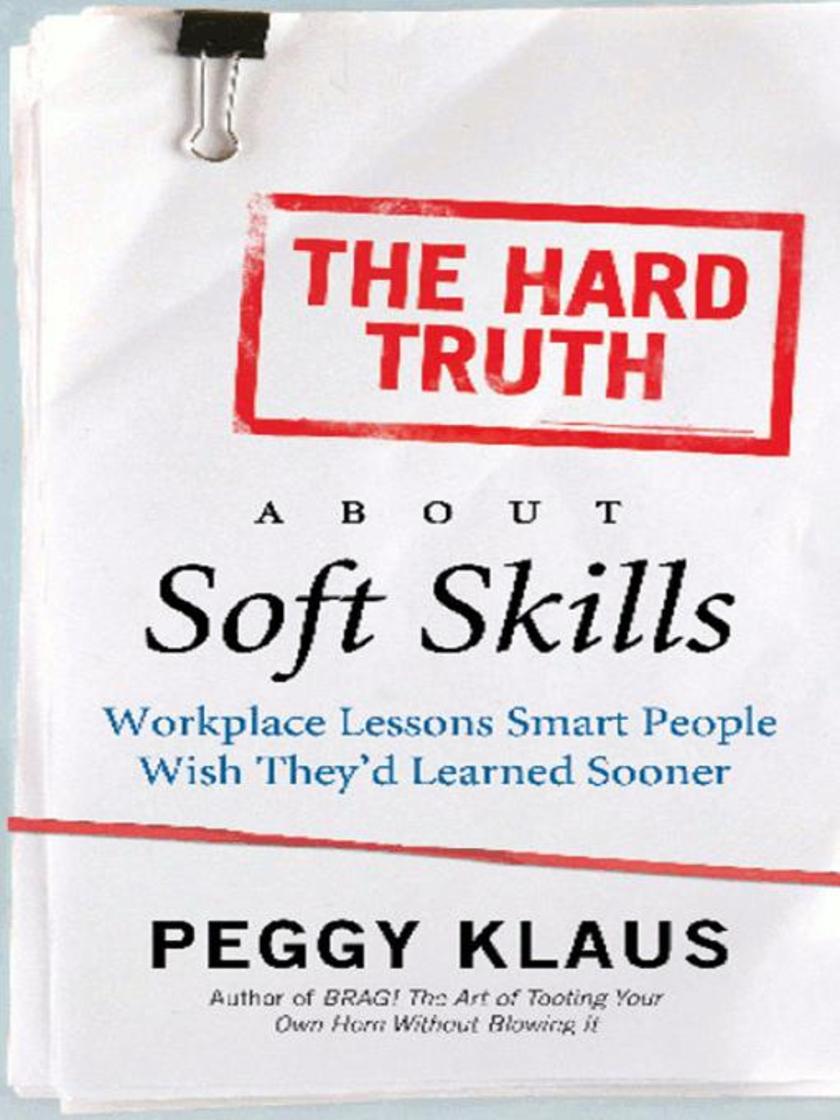
The Hard Truth About Soft Skills
¥95.39
What's the hard truthSoft skills get little respect but will make or break your career. Master your soft skills and really get ahead at work! Fortune 500 coach Peggy Klaus encounters individuals every day who excel at their jobs but aren't getting where they want to go. It's rarely a shortfall in technical expertise that limits their careers, but rather a shortcoming in their social, communication, and self-management behaviors. In The Hard Truth About Soft Skills Klaus delivers practical tools and techniques for mastering soft skills across the career spectrum. She shows how to: manage your workload handle the critics develop and promote your personal brand navigate office politics lead the troops and much more! Klaus reveals why soft skills are often ignored, while bringing their importance to life in her trademark style straightforward, humorous, and motivating. Perfect for readers at all professional stages from those who are just starting out to seasoned executives this book is essential reading for anyone who wants to take his or her career to the next level.
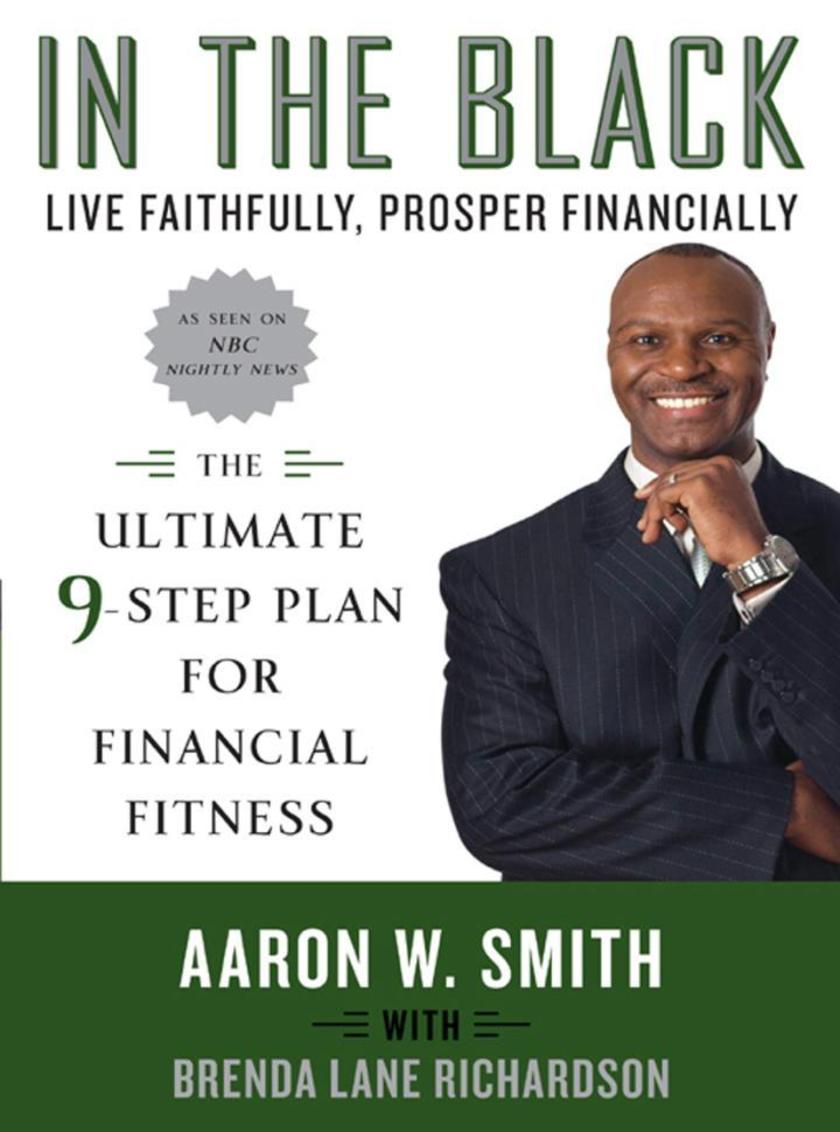
In the Black
¥90.73
With economic uncertainty reaching unprecedented levels, Aaron W. Smith's accessible nine-step plan to take control of your financial future will resonate whether you're just starting out or finding yourself midlife with concerns about your retirement. In The Black will transform your retirement plans, regardless of income, by offering concrete advice on what opportunities are available and using real-life examples to illustrate how anyone can achieve their financial dreams be they middle- aged and facing debt or actively saving since their early twenties. In clear, easy-to-follow steps, readers will learn how to: Overcome historical resistance to investing Save for retirement while keeping kinship ties intact Use faith as a motivator for saving and strengthening financial discipline Break through denial about changes in Social Security and pension plans. . . and much more.
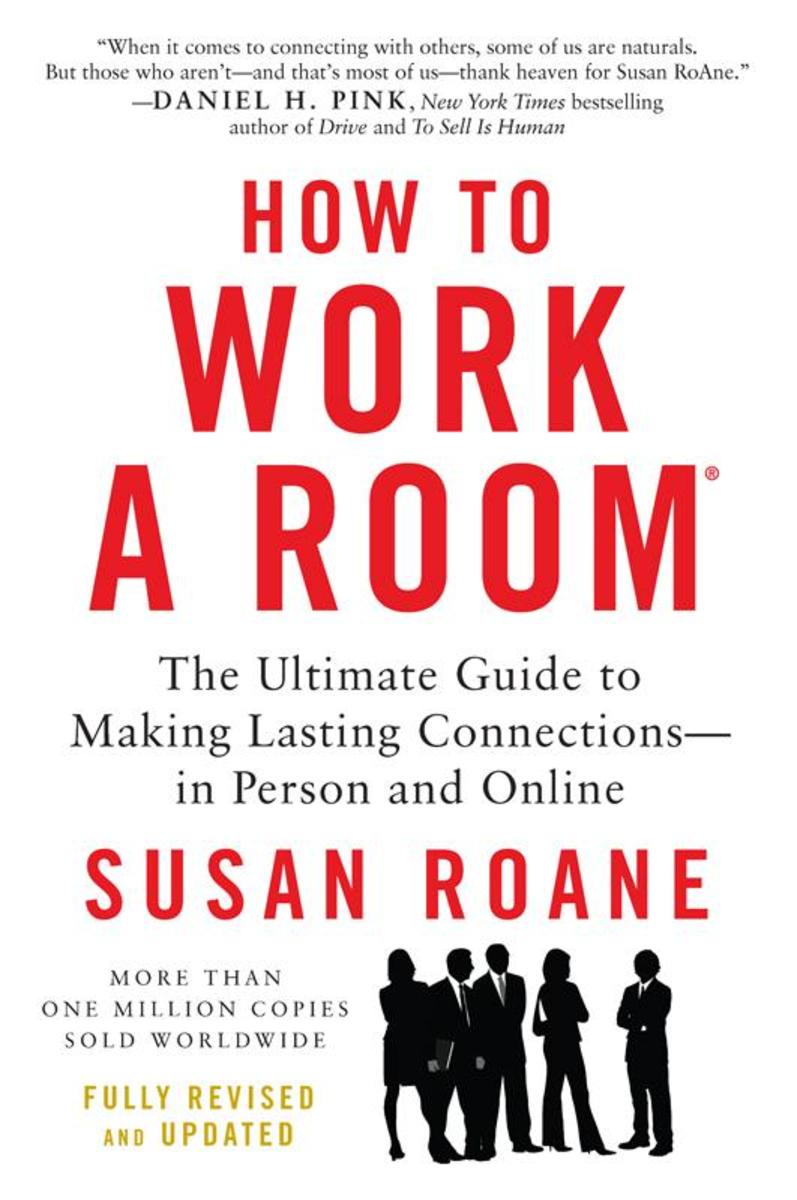
How to Work a Room, 25th Anniversary Edition
¥88.56
The classic bestseller on socializing now fully updated for social interactions in a digital ageHow to Work a Room is the classic bestselling book on improving communication and socializing skills, and using them to create and leverage connections. This Silver Anniversary Edition is fully revised and updated to include the role of technology and social media in networking, as well as Susan RoAne's proven tips for using digital strategies to your advantage plus practical hints for starting conversations and strengthening rapport with strangers. How to Work a Room: The 25th Anniversary Edition is a vital tool for business professionals, job seekers and career changers of all ages.
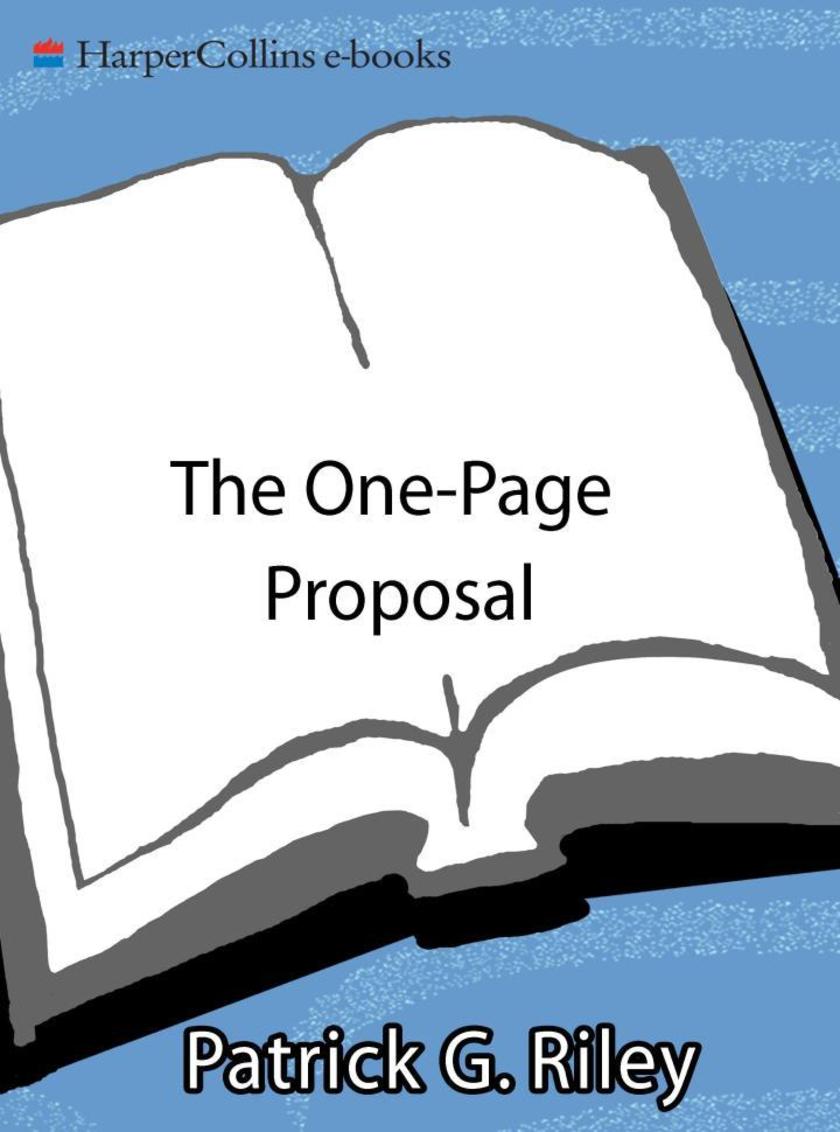
The One-Page Proposal
¥94.10
As clear, concise, and concrete as its subject, Patrick Riley's The One Page Proposal promises to be the definitive business guide to getting your best ideas fully understood in the least amount of time.Today more than ever, business decisions are made on the fly first impressions can make all the difference. Now, in the first book of its kind, successful entrepreneur Patrick Riley shows you how to boil all the elements of your business proposal into one persuasive page magnify your business potential in the process.

Career GPS
¥84.16
The workplace is constantly in flux, and even now there are new opportunities open to women. But to take advantage of these possibilities, it's essential to know the current rules for corporate success. This isn't your father's or your mother's workplace anymore! Whether it's the CEO seat, an executive manager slot, or a more intrapreneurial position, women who follow Career GPS will have what it takes to gain their professional goals.Dr. Ella L. J. Edmondson Bell, Ph.D., an authority on career development, has worked with women across a variety of fields and in different kinds of corporations, from Fortune 500s to start-ups. Here she offers guidelines to help women forge their own pathways to professional ascent, providing tips for maximizing a review, networking in a relevant way, and much more. According to Dr. Bell: Think working hard is enough to be recognizedIt's not enough to assume your effort will speak for itself. You have to socialize with the decision makers. It might not mean you have to pick up the golf clubs, but you do have to figure out what works in your own organization. Parlez-vous Fran?isLearning MandarinIf you work for a global company and aspire to an extreme job or higher, make it known that you would take an overseas assignment to advance your career. Nowhere to go right nowEven in hard times there are options. Learn a lateral skill such as accounting so when the company is firing on all engines again, you will impress through the breadth of your knowledge. Drawing from her work as a consultant to some of the country's most prestigious Fortune 100 companies, Dr. Bell helps readers succeed at every level in a dynamic corporate marketplace. Career GPS combines Dr. Bell's academic knowledge and expertise with dozens of heartfelt first-person stories from smart women who rose through the ranks. Here is a book that will guide women of all cultures, ages, and levels of experience to their career goals.
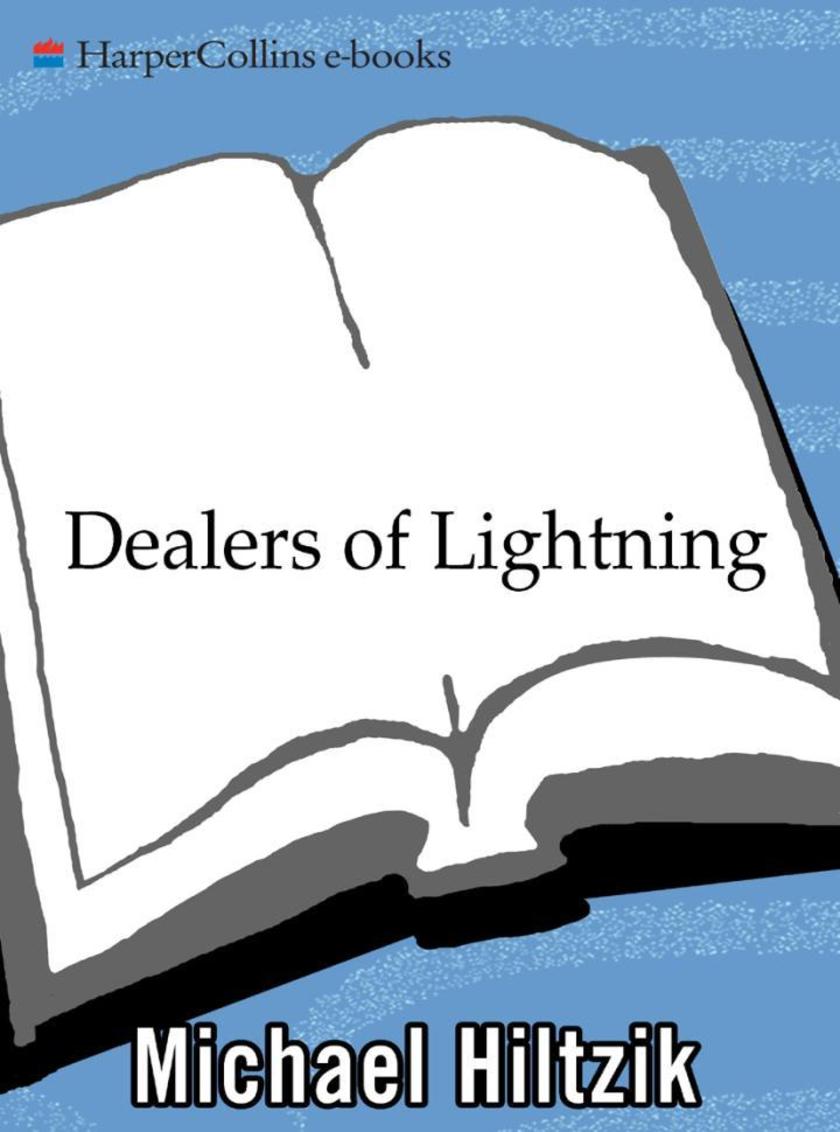
Dealers of Lightning
¥101.00
In the bestselling tradition of The Soul of a New Machine, Dealers of Lightning is a fascinating journey of intellectual creation. In the 1970s and '80s, Xerox Corporation brought together a brain-trust of engineering geniuses, a group of computer eccentrics dubbed PARC. This brilliant group created several monumental innovations that triggered a technological revolution, including the first personal computer, the laser printer, and the graphical interface (one of the main precursors of the Internet), only to see these breakthroughs rejected by the corporation. Yet, instead of giving up, these determined inventors turned their ideas into empires that radically altered contemporary life and changed the world.Based on extensive interviews with the scientists, engineers, administrators, and executives who lived the story, this riveting chronicle details PARC's humble beginnings through its triumph as a hothouse for ideas, and shows why Xerox was never able to grasp, and ultimately exploit, the cutting-edge innovations PARC delivered. Dealers of Lightning offers an unprecedented look at the ideas, the inventions, and the individuals that propelled Xerox PARC to the frontier of technohistoiy--and the corporate machinations that almost prevented it from achieving greatness.
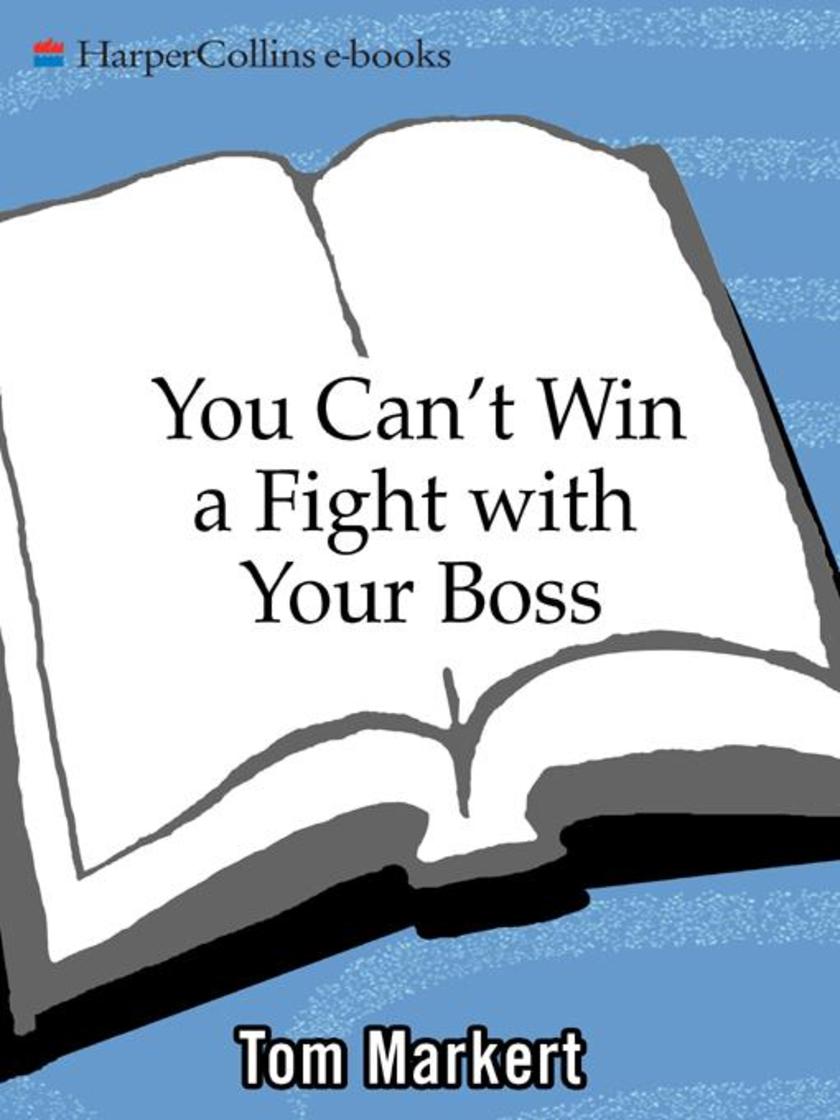
You Can't Win a Fight with Your Boss
¥84.82
You can't win a fight with your boss.If you have ever thought otherwise, then you're dead wrong. And you're career is over, too.In this lively guide to surviving the pitfalls of the modern corporate environment, Tom Markert, a senior executive at information giant ACNielsen, presents 56 practical rules that every employee, manager, and executive must follow in order to find corporate success. With rules such as "Work hard and smart" and "Find a good boss" Markert addresses some of the most important questions facing corporate executives today. Here, in colorful and inspiring language, he offers practical advice on how to impress and make your boss look good, how to position yourself for success, and how to address work and social situations that every employee must conquer.And, most important, Markert covers the number one question in any employee's mind: How do I work with my bossHere, this book becomes an indispensable guide to corporate life. Markert draws on his experience to illustrate these rules with telling, and often funny, anecdotes about people who have not followed the rules and paid the ultimate corporate price -- failure, embarrassment, and a career stopped dead in its tracks.
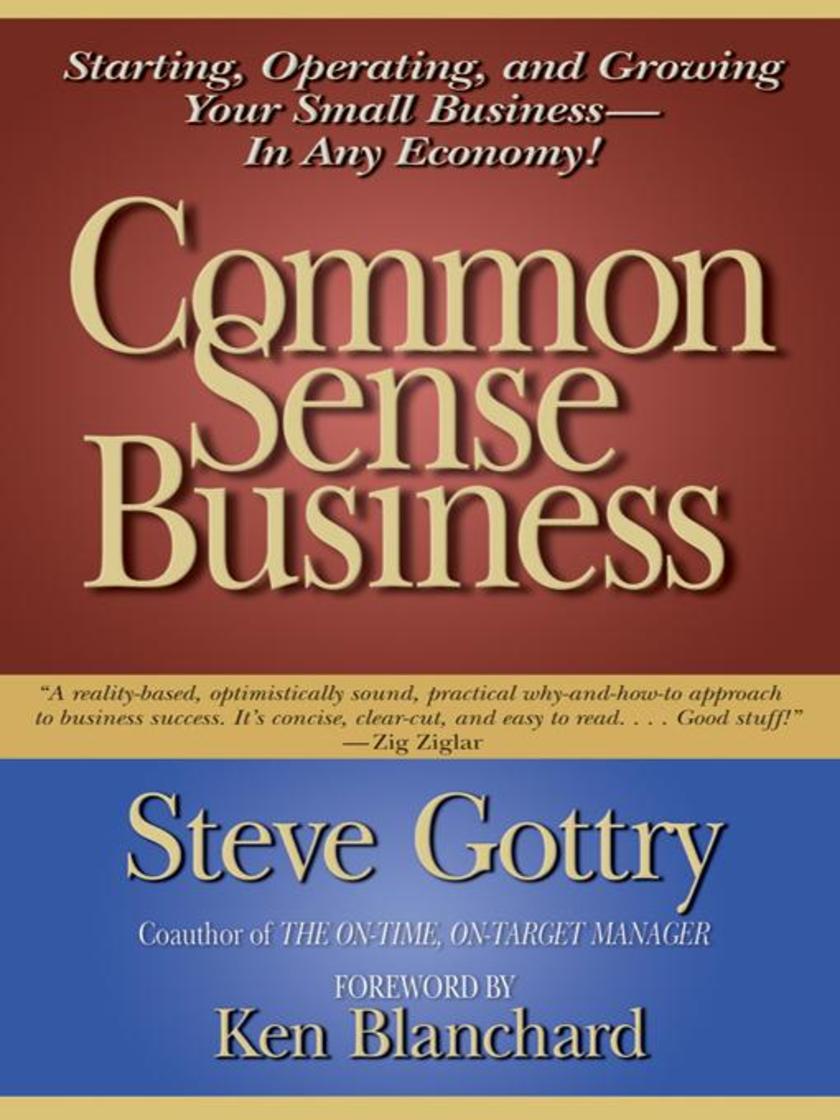
Common Sense Business
¥112.00
Do you own or plan to own a small businessDo you work for a small business and desire to better understand your bossDo you know someone who owns a business and wants to be stronger, more focused, and more successfulThis is the book for you.The truth is that many business books offer a lot of wonderful sounding theories, but they have little practical application in the real world of small business. Common Sense Business is full of life-and-death ideas. Follow Steve Gottry's advice and your business will live and thrive. Ignore it and your business could founder or die. Benefit from Gottry's experience as an entrepreneur who grew a hugely successful media agency, experienced a harrowing business failure, then rebounded with a new business and a fresh start on life.Common Sense Business tells you how to succeed throughout every phase of the small business life cycle -- from starting to operating, growing, and even closing down a business. No matter the state of the economy or the maturity of your business, you will find winning solutions to the questions and situations you face every day. Steve Gottry will help you understand yourself; your employees, customers, and vendors; and how people come together to form a successful business. You will learn how to maximize your business's assets and how to ward off those threats that could eat away at your resources and peace of mind, including debt, sloppiness, addiction, and fear. Warm, honest, funny, and factual, entrepreneur Steve Gottry tells the whole truth about successfully managing a business through good times and bad.
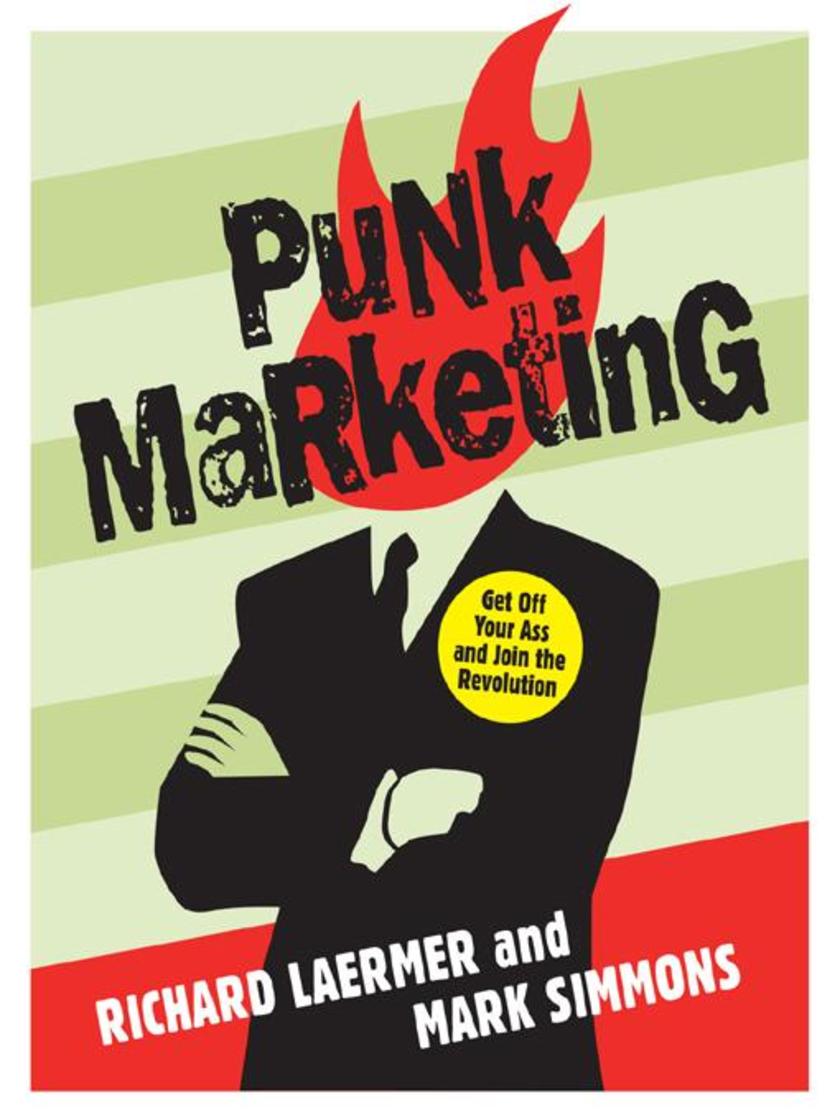
Punk Marketing
¥101.00
The marketing revolution is here, so get on the right side of the barricade and become a part of it! Let's thank Mr. and Mrs. Consumer and their little Consumerlings who have seized power from the corporations and are now firmly in control. In Punk Marketing, Laermer and Simmons take an irreverent, penetrating look at the seismic change in the relationship between the people who sell stuff products, services, entertainment and those who purchase it. They demonstrate that to survive in business, a revolutionary approach is needed one they have branded "Punk Marketing" and it's one we all need to understand, for the traditional divisions among commerce, content, and consumers are continuing to blur ever more rapidly.Never dull, sometimes controversial, but always a helluva lot of fun, Punk Marketing presents a manifesto for any businessperson needing to engage consumers or any consumer seeking to understand and employ their newfound power. And here's the good news: It's based on principles that have existed forever. In an age of digital video recorders, "branded" entertainment, cell-phone TV, multiplayer online games, and never-ending social networking, a coherent approach to marketing has never been more vital. With Punk Marketing, there's a built-in plan to equip you with tools to make all this change work out just fine, thanks.Punk Marketing is the first shot soon to be heard 'round the world of a long-awaited and breathless uprising that businesses want, deserve, and desperately need.
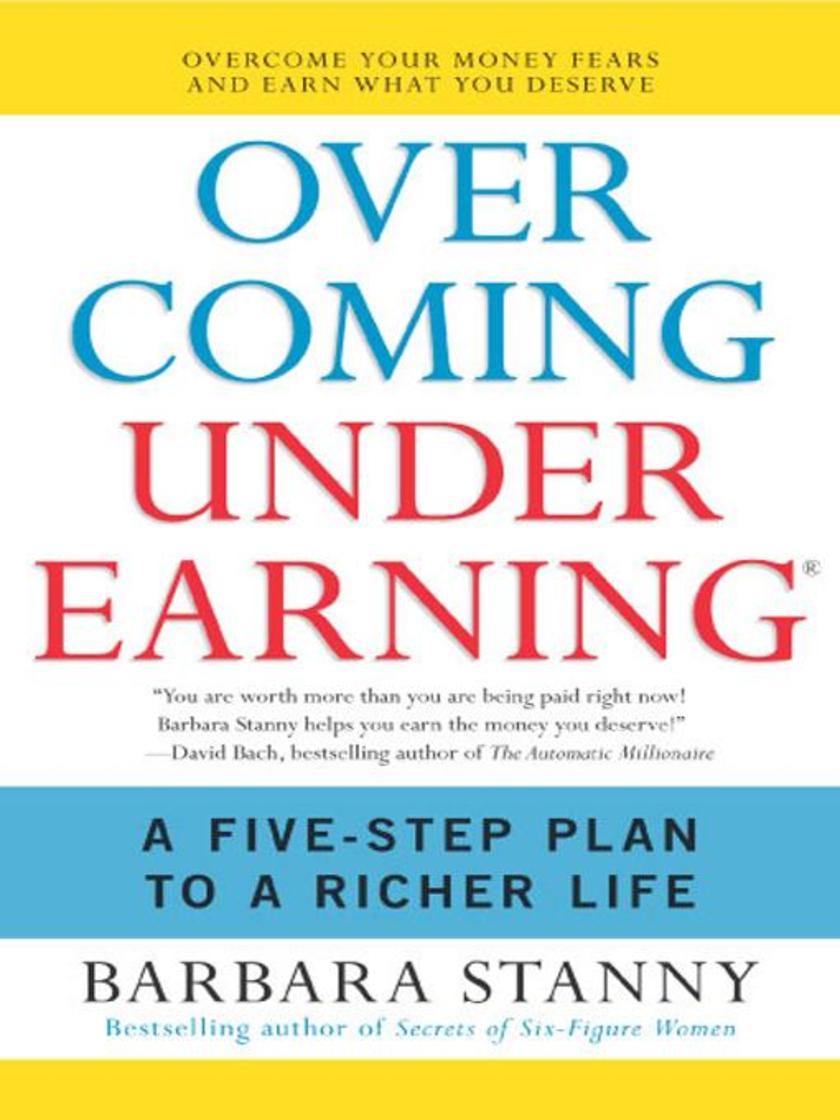
Overcoming Underearning(TM)
¥94.10
When it comes to money, are you controlled by fearDo you live in financial chaos?Do you underestimate your worthAre you ready to go to the next level, but can't seem to get thereIf the answer is yes to these questions, you may be an underearner. Underearners are self-saboteurs who never live up to their earnings potential, says Barbara Stanny, a financial educator, motivational speaker, former journalist, and career counselor. Underearners tend to live paycheck to paycheck. They rarely balance their checkbooks and are often in debt. Ironically, many work incredibly hard. Yet they are ashamed to admit that money matters to them. They all have a high tolerance for low pay. The good news is that underearning is often self-imposed. By focusing on overcoming underearning, you will not only earn what you deserve, but you can live up to your full potential. With techniques and exercises that have helped thousands of people who have participated in her Overcoming Underearningworkshops, Stanny teaches you five essential steps to financial independence. Once you understand these steps, you will be confident asking for a raise, increasing your prices, or getting a better job. "Now I'm making more than my friends, all because I had the guts to dream and ask for more," says one Stanny fan. First, Tell the Truth: be honest about your financial situation and figure out your attitudes toward money. Second, Make a Decision: decide that you want to make more money. Third, Stretch: take action, face your fears, and be willing to be uncomfortable. Fourth, Create Community by finding supporters and asking for help. Fifth, Respect and Appreciate Money: learn to save and invest. Overcoming Underearning is filled with inspiring, real-life stories of underearners who turned their lives around. Stanny brings a message of empowerment and hope to all those who chronically undervalue themselves. "I'm making more, working less, feeling healthier, have more energy, and I'm so much happier," concludes another Stanny believer.

Eyes Wide Open
¥94.10
This game-changing book empowers readers to become confident, independent, wise decision-makers— savvy to how our emotions, moods, and habits can trip us up. An investor wonders whether to put his money into the stock market or to keep it in a savings account. A patient is torn between opting for surgery and trying an experimental drug therapy. A college-bound student questions whether to take on debt to attend an Ivy League school or to choose a public institution with low tuition. We face momentous decisions with important consequences throughout our lives. We have never had better access to information and expertise, yet this data deluge has become a double-edged sword. Which sources of information are credibleHow can we separate the signal from the noiseWhose advice can we trustAll of these questions are reasons for us to become empowered decision-makers capable of making high-stakes choices ourselves. Whether you are a politician, a businessperson, a professional, or a parent, now is the time to take a radically different approach. In Eyes Wide Open, the bestselling author and visionary thinker Noreena Hertz shares insights from the latest research along with practical advice, including why looking at information in black and white rather than in color can lead to better decisions why it's smart to be skeptical about experts' pronouncements, and how to identify the best among them why it's crucial to carve out time to think, even in moments of crisis how and why you should regulate your emotional thermostat to make smart decisions why you need to shake up your social network if you don't want only to reinforce what you already know and amplify the beliefs you already have It's time to make decisions with our eyes wide open—for the sake of our health, our wealth, and our future security.
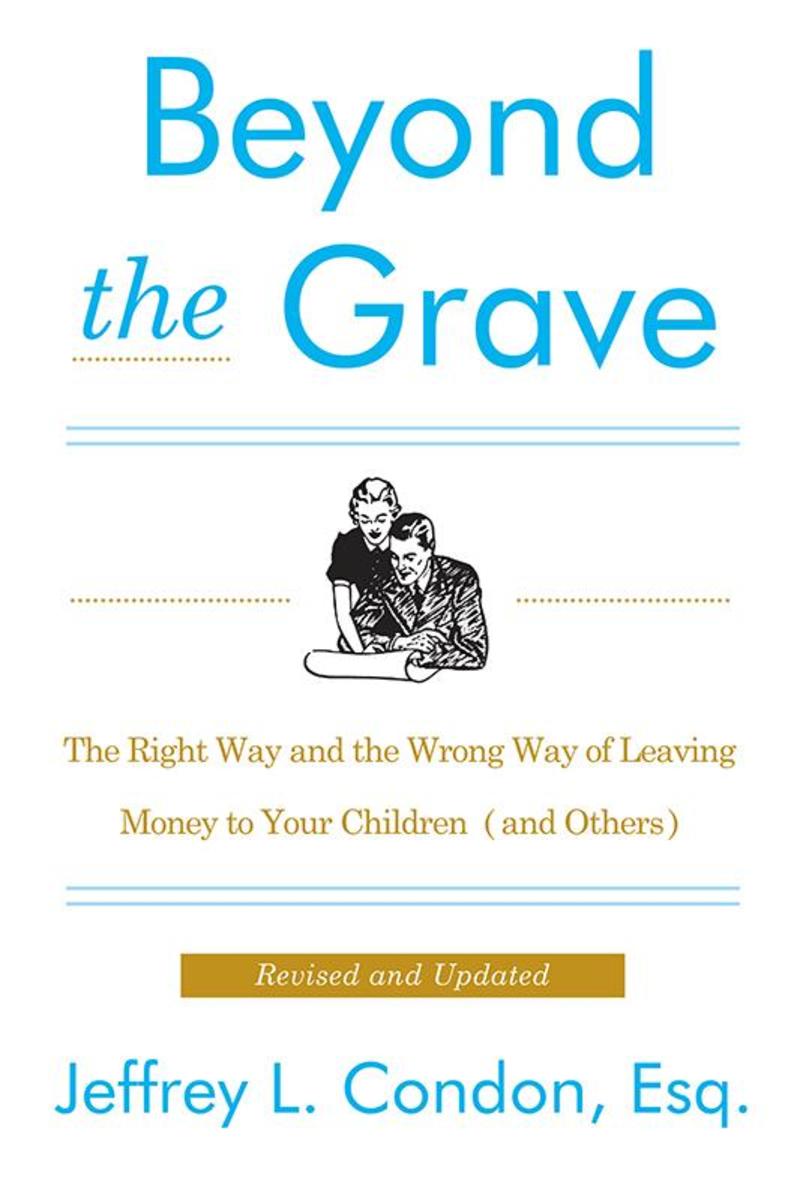
Beyond the Grave, Revised and Updated Edition
¥110.71
This expert, one-of-a-kind handbook shows you how to ensure that your inheritance instructions will be carried out the way you want them to be; protect your children's inheritance from creditors, ex-spouses, addictions, tax troubles, mismanagement, squandering, and other risks of loss; prevent family conflict that can arise when parents die and children divide the family money leave more money to your children and grandchildren, and less to the IRS; avoid creating inheritance problems in your family with cautionary tales of inheritance planning gone bad; understand why you still have to deal with estate tax issues even if your net worth falls below the new death-tax-exemption.
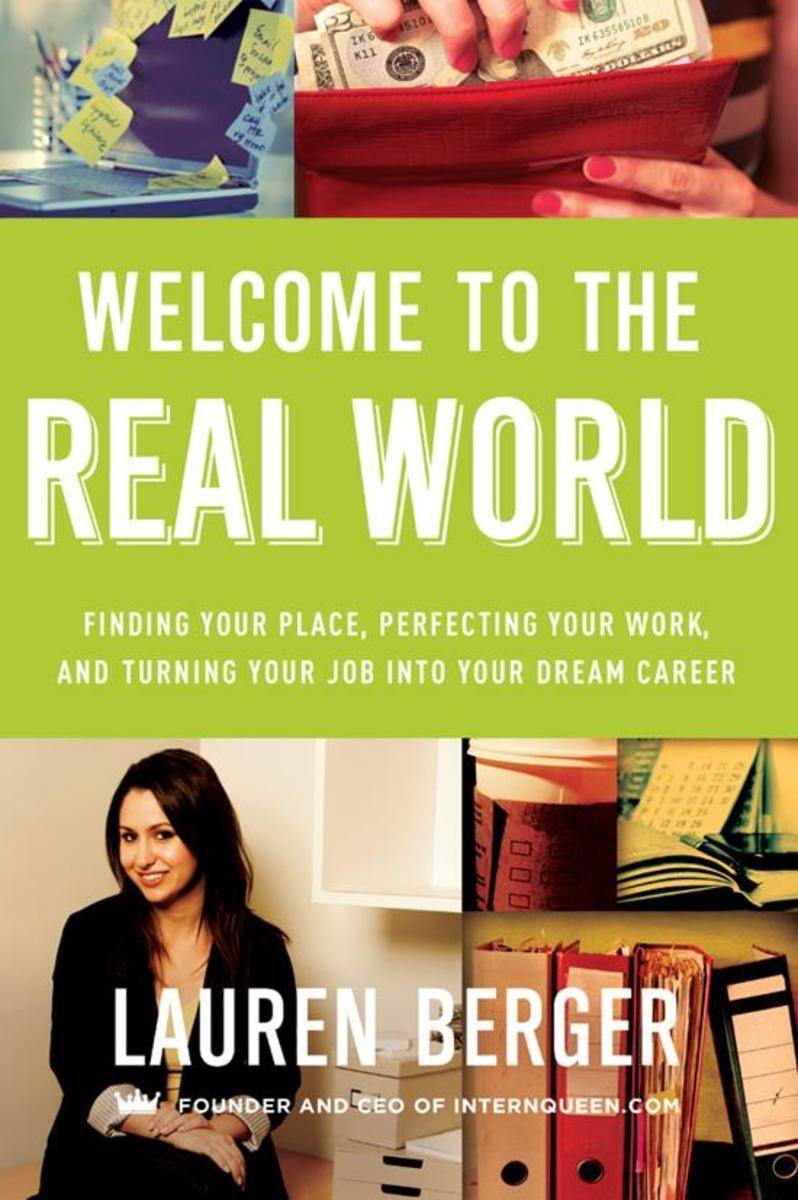
Welcome to the Real World
¥95.11
It's a challenging time to be young and new in the workplace. Your parents can't help the rules have all changed. In Welcome to the Real World, career expert and entrepreneur Lauren Berger arms you with the tools you need to succeed. She's been in your shoes just a few years ago she was you. This handbook tells you everything you need to know to make the most of your first on-the-job experience, including how to think about the big picture deal with rejection effectively manage your time navigate sticky situations in the office and communicate with different personality types embrace entrepreneurship regardless of position, rank, or title organize your financial situation and personal life get promoted and (one day) take your boss's job! In a world defined by uncertainty, Lauren shows you how to be bold, take risks, and understand your value.
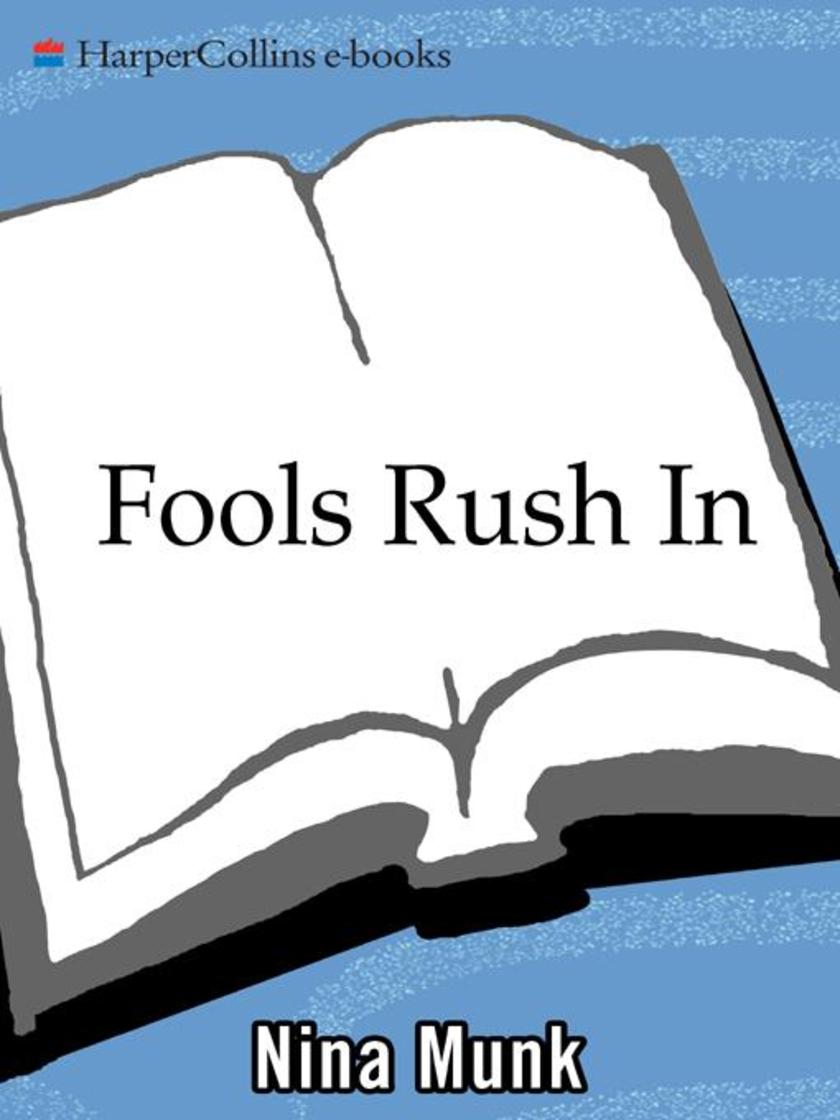
Fools Rush In
¥82.80
Every era has its merger every era has its story. For the New Media age it was an even bigger disaster: the AOL-Time Warner deal. At the time AOL and Time Warner were considered a matchless combination of old media content and new media distribution. But very soon after the deal was announced things started to go bad and then from bad to worse. Less than four years after the deal was announced, every significant figure in the deal -save the politically astute Richard Parsons has left the company, along with scores of others. Nearly a $100 billion was written off and a stock that once traded at $100 now trades near $10.What happenedWhere did it all go wrongIn this deeply sourced and deftly written book, Nina Munk gives us a window into the minds of two of the oddest men to ever run billion-dollar empires. Steve Case, the boy wonder who built AOL one free floppy disk at a time, was searching for a way out of the New Economy. Meanwhile Jerry Levin, who'd made his reputation as a visionary when he put HBO on satellite distribution, was searching for a monumental deal. These two men, more interested in their place in history than their personal fortunes, each thought they were out-smarting the other.
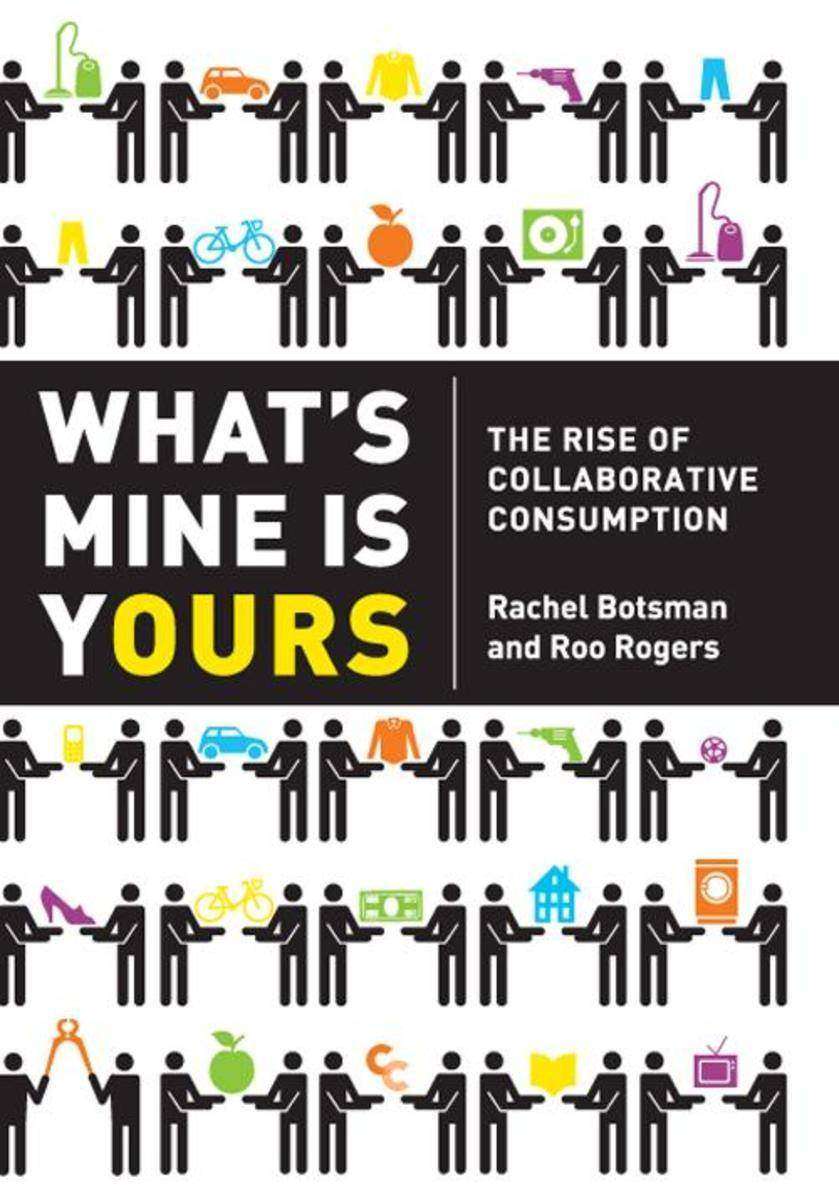
What's Mine Is Yours
¥151.10
WHAT'S MINE IS YOURS is about Collaborative Consumption, a new, emerging economy made possible by online social networks and fueled by increasing cost consciousness and environmental necessity. Collaborative Consumption occurs when people participate in organized sharing, bartering, trading, renting, swapping, and collectives to get the same pleasures of ownership with reduced personal cost and burden, and lower environmental impact. The book addresses three growing models of Collaborative Consumption: Product Service Systems, Communal Economies, and Redistribution Markets. The first, Product Service Systems, reflects the increasing number of people from all different backgrounds and across ages who are buying into the idea of using the service of the product-what it does for them-without owning it. Examples include Zipcar and Ziploc, and these companies are disrupting traditional industries based on models of individual ownership. Second, in what the authors define as Communal Economies, there is a growing realization that as individual consumers, we have relatively little in the way of bargaining power with corporations. A crowd of consumers, however, introduces a different, empowering dynamic. Online networks are bringing people together again and making them more willing to leverage the proverbial power of numbers. Examples of this second category include Etsy, an online market for handcrafts, or the social lending marketplace Zopa. The third model is Redistribution Markets, exemplified by worldwide networks such as Freecycle and Ebay as well as emerging forms of modern day bartering and swap trading such as Zwaggle, Swaptree, and Zunafish. Social networks facilitate consumer-to-consumer marketplaces that redistribute goods from where they are not needed to somewhere or someone where they are. This business model encourages reusing/reselling of old items rather them throwing them out, thereby reducing the waste and carbon emissions that go along with new production.WHAT'S MINE IS YOURS describes how these three models come together to form a new economy of more sustainable consumerism. Collaborative Consumption started as a trend in conjunction with the emergence of shared collective content/information sites such as Wikipedia and Flickr and with the recent economic troubles and increasing environmental awareness, it is growing into an international movement. The authors predict it will be a fully fledged economy within the next five years.In this book the authors travel among the quiet revolutionaries (consumers and companies) from all around the world. They explore how businesses will both prosper and fail in this environment, and, in particular, they examine how it has the potential to help create the mass sustainable change in consumer behaviors this planet so desperately needs. The authors themselves are environmentalists, but they are also entrepreneurs, parents, and optimistic citizens. This is a good news book about long-term positive change.
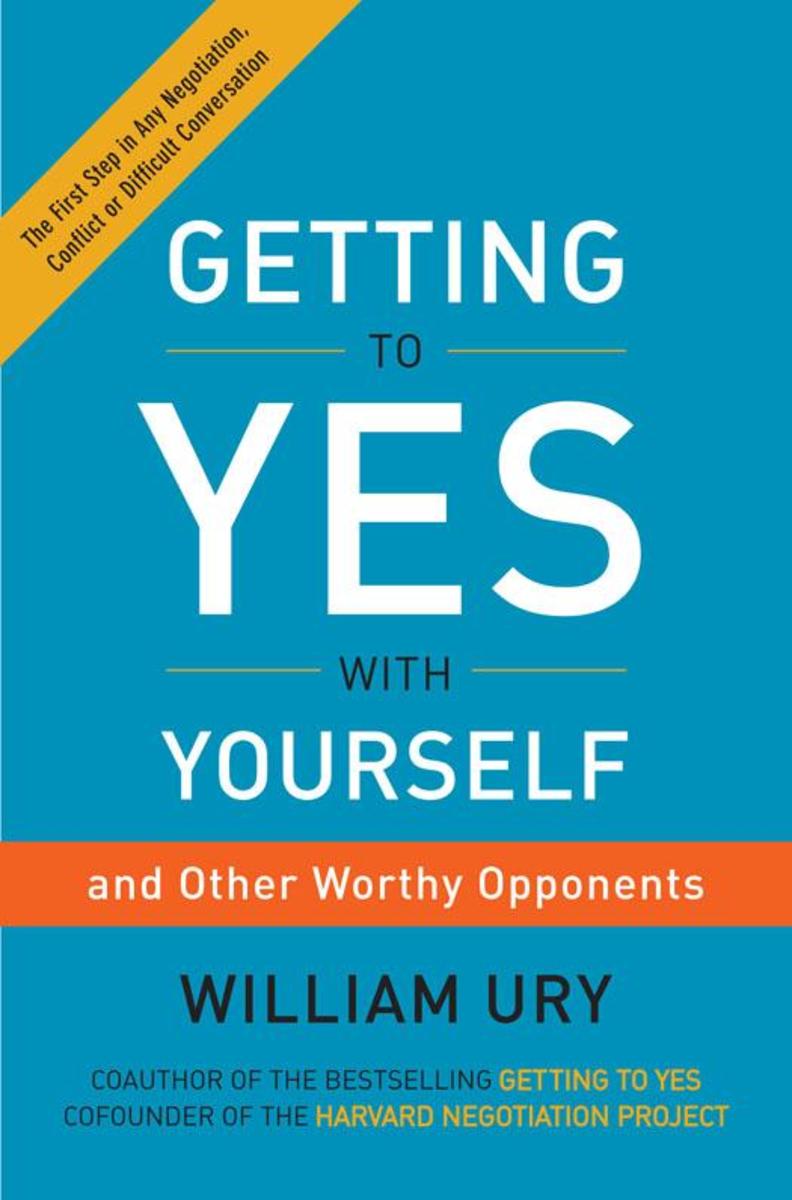
Getting to Yes with Yourself
¥151.10
William Ury, coauthor of the classic bestseller on negotiation Getting to Yes, has taught tens of thousands of people from all walks of life managers, salespeople, students, parents, lawyers, and diplomats how to become better negotiators. Over the years, Ury has discovered that the greatest obstacle to successful agreements and satisfying relationships is not the other side, as difficult as they can be. The biggest obstacle is actually ourselves our natural tendency to react in ways that do not serve our true interests.But this obstacle can also become our biggest opportunity, Ury argues. If we learn to understand and influence ourselves first, we lay the groundwork for understanding and influencing others. In this indispensable prequel to Getting to Yes, Ury draws deeply on his personal and professional experience negotiating conflicts around the world to present a practical method to help you get to yes with yourself first, dra-matically improving your ability to get to yes with others. Extraordinarily useful and elegantly simple, Getting to Yes with Yourself is an essential guide to achieving the inner satisfaction that will, in turn, make your life better, your relationships healthier, your family happier, your work more productive, and the world around you more peaceful.
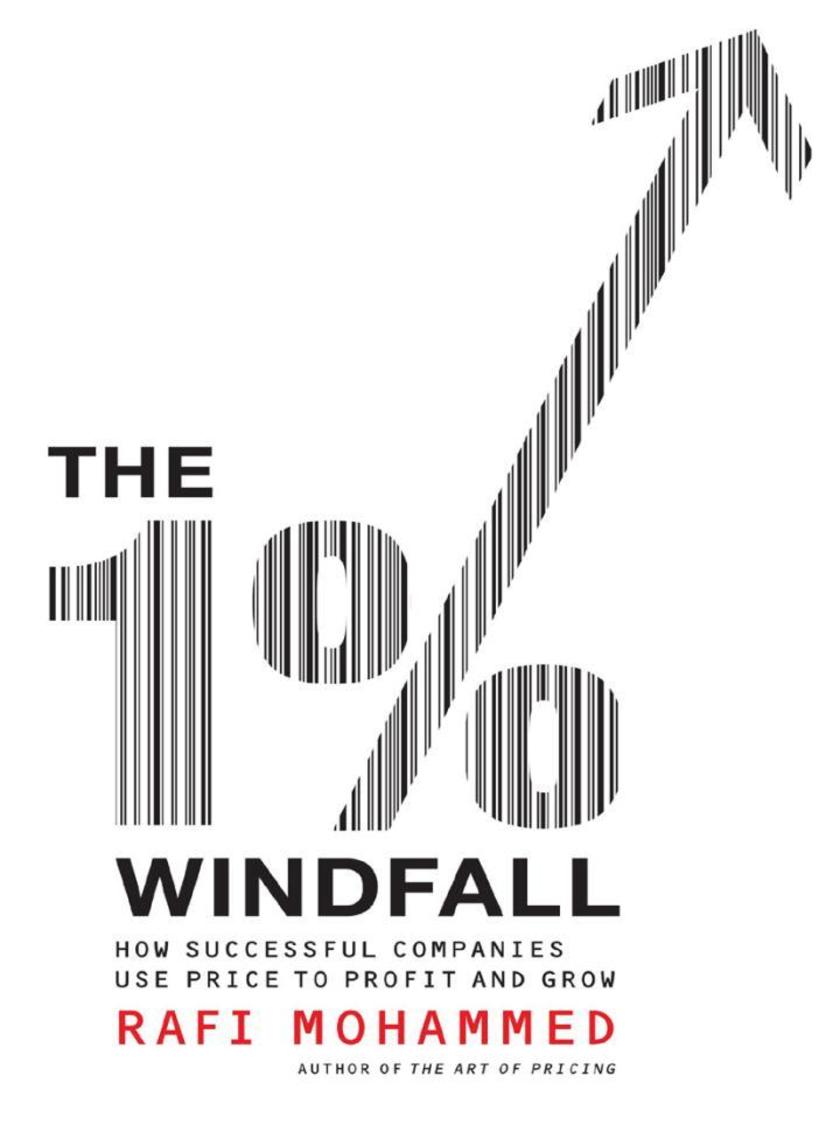
The 1% Windfall
¥166.09
Leading pricing expert Rafi Mohammed shows businesses how to reap a financial windfall and foster growth using the underutilized and often overlooked strategy of setting prices. The 1% Windfall reveals how modest incremental changes to an everyday business practice pricing can yield significant rewards. Illustrating the power of pricing, a study of the Global 1200 found that if companies raised prices by just 1%, their average operating profits would increase by 11%. Using a 1% increase in price, some companies would see even more growth in percentage of profit: Sears, 155%; McKesson, 100%; Tyson, 81%; Land O'Lakes, 58%; and Whirlpool, 35%.The good news is that better pricing is more than simply raising prices. Instead, the key is to offer customers a variety of pricing options. This strategy is win-win: profits to companies and choices for consumers. But how do executives and managers set the right priceUnderpinned by sound empirical research and real-life anecdotes, The 1% Windfall addresses this fundamental question. This book offers guidelines that any company whether a multinational conglomerate, a small business, or even a nonprofit can follow to create a comprehensive pricing strategy for any product or service. In addition, these versatile techniques and tools provide solutions to avert a slump in a recession, offset the impact of inflation, or battle a new competitor. The result is a mind-opening, clear blueprint for com-panies to price for profit and growth.
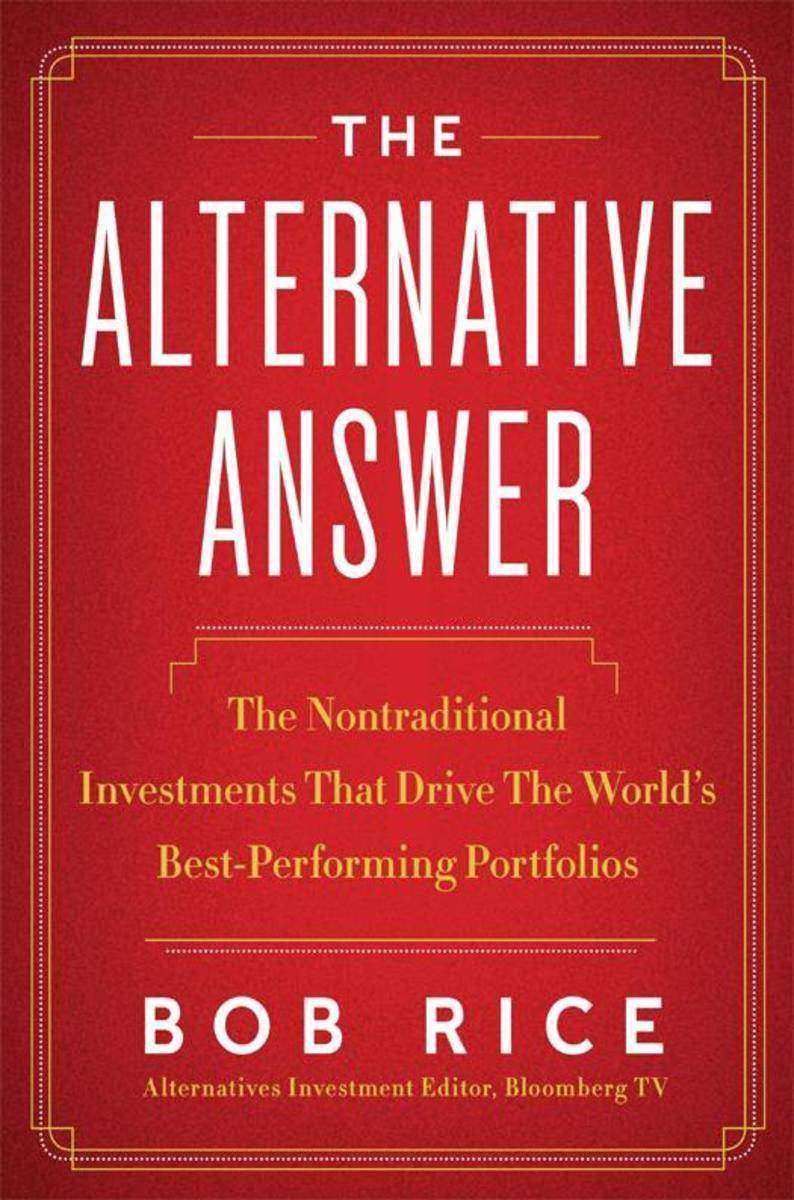
The Alternative Answer
¥155.02
The first book to explain the new world of alternative investing, showing how anyone can use nontraditional options to significantly increase returns and lower risksThe world's elite investors have long relied on alternative investments to produce superior returns. Until now, these strategies were the exclusive purview of institutions and the superwealthy, but today any informed investor can play the same game. A rainbow of investment options timber, start-ups, master limited partnerships (MLPs), hedged strategies, managed futures, infrastructure, peer-to-peer lending, farmland, and dozens of other nontraditional strategies can provide dramatically better gains, with less total risk, than the standard choices. In The Alternative Answer, Bob Rice, Bloomberg TV's Alternative Investments Editor, leads an entertaining and easy- to-understand tour of this world, and suggests specific alternative investments for all four key of a portfolio: safely generating more current income, decreasing risks of economic shocks, significantly increasing long-term profits, and protecting purchasing power over time.Regardless of experience or net worth, readers will learn exactly how to substantially improve investment performance in the same way that the world's best investors already do. Stocks and bonds alone aren't nearly enough. Investors need an alternative answer and now they have it.

The Transparent Leader
¥83.93
Drawing on his experience as a leader in some of the nation's largest corporations, Baum issues a convincing call for honest, ethical, "transparent" dealing throughout the business world. Baum outlines the management techniques he uses within and without the company to get outstanding results without skirting the rules or bending the truth. Baum maintains that by fostering trust, integrity and accountability at all levels within the corporation, managers can stop the erosion of employee loyalty, restore consumer trust in brands, products, and American business. Baum teaches executives fresh ways of managing Wall Street analysts, communicating with shareholders, and wading through the complex maze of social responsibility issues.As a member of six corporate boards, Baum offers unique insight into transparent leadership, including the advantages and pitfalls of corporate governance, and the pressures executives face in reporting earnings. He also discusses the importance of setting standards for ethical business practices, yet highlights the dangers of government regulations that may result in excessive compliance costs at the expense of shareholders, creative risk taking, and innovation.
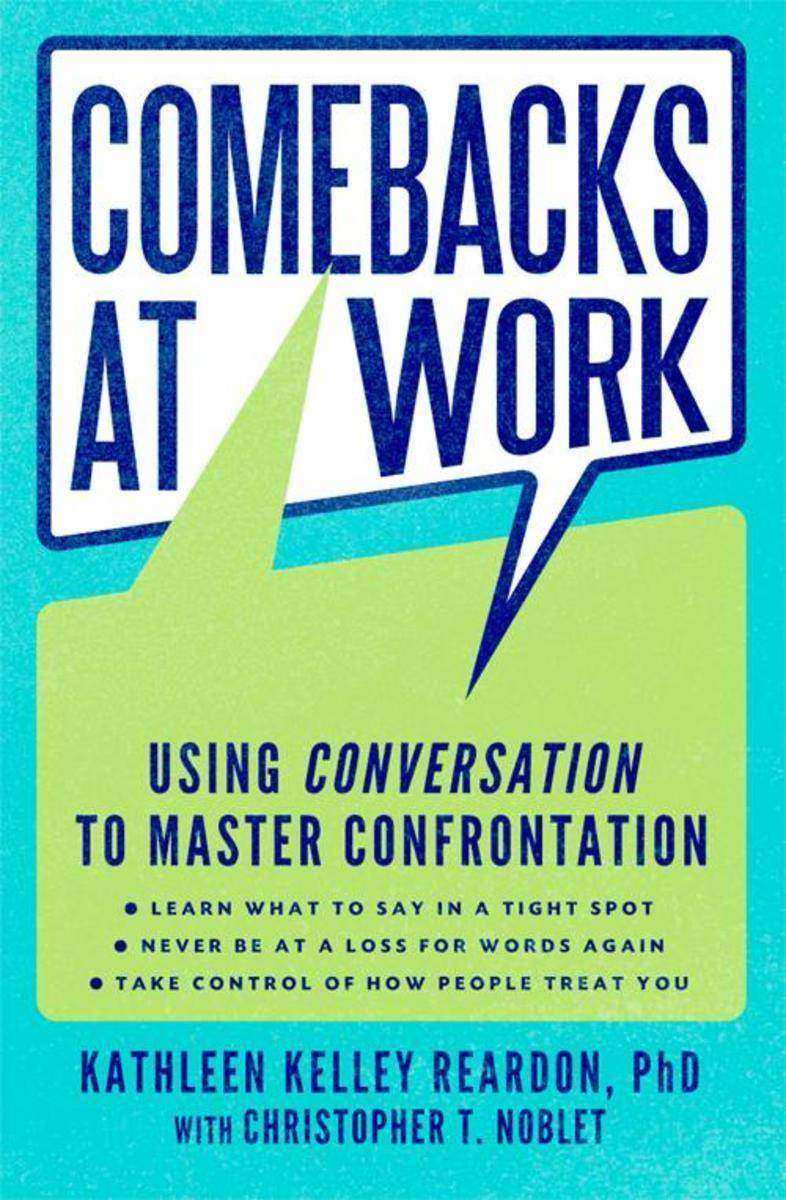
Comebacks at Work
¥138.41
The workplace guide to putting "I wish I'd said" moments in the past Ever wish that you could have a "do over" after a conversation at workDo you often find yourself regretting what you've said to a coworker or kicking yourself for not saying something better, stronger, or more preciseIf so, you're like most people, and in Comebacks at Work, management professor and consultant Kathleen Kelley Reardon, Ph.D., provides the tips and tools you need to know what to say and how to say it better next time.In this compelling, entertaining book, Reardon argues that we are responsible for 75 percent of the way we're treated at work, and our success or failure at the workplace depends largely on how we handle ourselves in conversation with our colleagues. To break free of the stale *s and expected actions that allow politically astute people to manipulate us, we must increase our conversational awareness and effectively employ what Reardon calls "comebacks." Comebacks at Work provides a game plan for doing so and explains: Why some comebacks work, while others fall flat; Why our mind goes blank when we are confronted, and how to overcome that response; How to determine which comebacks work, and when to use them. Every conversation is different, and while many situations are common, one set of comebacks isn't enough. Offering a personalized repertoire of comebacks and a plan for using them strategically as well as the skills you will need to package them for maximum effect, Comebacks at Work will prepare you for any difficult conversation that comes your way.
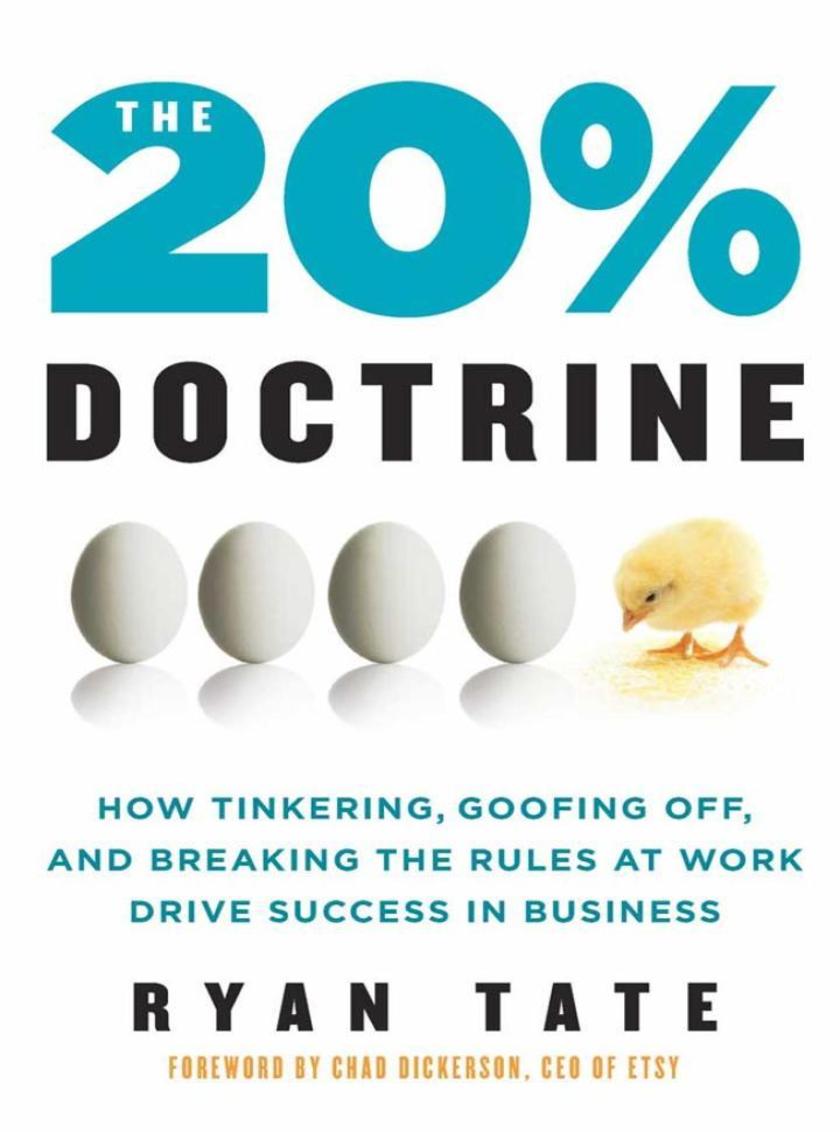
The 20% Doctrine
¥145.91
An inspiring exploration of how unorthodox business practices and the freedom to experiment can fuel innovationWe're at a crossroads. Many iconic American companies have been bailed out or gone bankrupt; others are struggling to survive as digitization and globalization remake their industries. At the same time, the tectonic forces disrupting U.S. corporations ubiquitous bandwidth and computing power, cheap manufacturing and distribution have enabled large organizations to foster new innovations and products through experiments that are at once more aggressive and less risky than they would have been twenty years ago. At companies such as Google, employees are encouraged to spend 20% of their work time on projects they're personally interested in. Almost half of Google's new product launches have originated from this policy, including Gmail and AdSense. Now other companies have adopted the concept, providing them a path to innovation and profits at a time of peril and uncertainty and offering employees creative freedom when many are feeling restless.The 20% Doctrine is about goofing off at work, and how that goofing off can drive innovation and profit. Here Ryan Tate examines the origins and implementation of 20% time at Google, then looks at how other organizations such as Flickr, the Huffington Post, and even a school in the Bronx have adapted or reinvented the same overall concept, intentionally and serendipitously. Along the way, he distills a series of common themes and lessons that can help workers initiate successful 20% style projects within their own organizations. Only through a new devotion to the unhinged and the ad hoc can American businesses resume a steady pace of development and profitability.




 购物车
购物车 个人中心
个人中心



